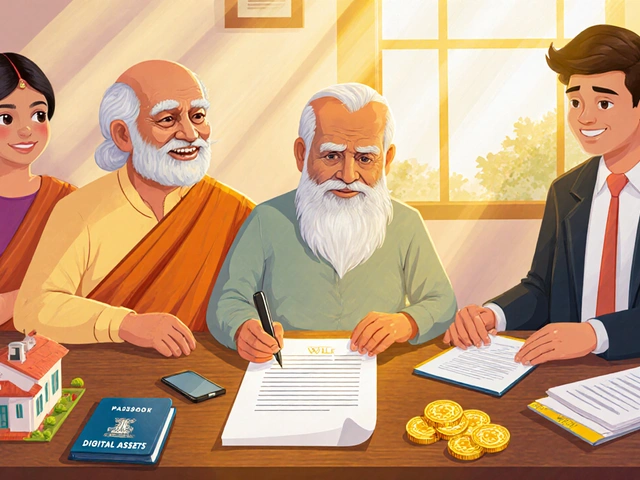Old Name: Understanding Prayagraj's Historic Identity
Ever wondered why Prayagraj was once called Allahabad? The name 'Allahabad' came from Mughal Emperor Akbar, who named it in the late 1500s, combining 'Allah' (God in Arabic) and 'abad' (city). Before that, the city was known as 'Prayag,' meaning a place where rivers meet, which goes way back in Indian history and sacred traditions.
This name change reflects more than just words — it tells a story of the city's layered culture and history. In 2018, the name officially reverted to Prayagraj, emphasizing the city's spiritual significance as the meeting point of three holy rivers: Ganga, Yamuna, and the mythical Sarasvati.
Why the Change from Allahabad to Prayagraj?
The name switch was more than a political move; it aimed to highlight the ancient Hindu cultural roots of the city. Locals often feel that 'Prayagraj' better captures the city's identity as a spiritual hub with deep religious and historical importance, especially seen during massive events like the Kumbh Mela.
Still, the old name 'Allahabad' appears everywhere—in landmarks, institutions, and everyday use—which shows how history remains alive in many ways. Knowing both names helps you understand the city's diverse cultural layers and the pride people have in their heritage.
What Makes Prayagraj Special Today?
Prayagraj is more than its names. It's a vibrant city hosting millions during festivals and offering a unique blend of history, religion, and lively street life. From iconic temples and riverside ghats to spicy local foods, the city mixes old and new in exciting ways.
When you think about Prayagraj and its old name Allahabad, you're really looking at a story of change, endurance, and identity that continues to shape life in this remarkable city.

Uttar Pradesh, one of India's most populous states, has a history rich in cultural evolution and significant name changes. The old name of Uttar Pradesh, rooted deeply in its cultural and historical background, was the United Provinces. Understanding these historical changes offers a lens into the socio-political dynamics of India pre- and post-independence. This article unfolds these fascinating transformations and offers insights into how key historical figures influenced the state's identity.
Continue Reading





